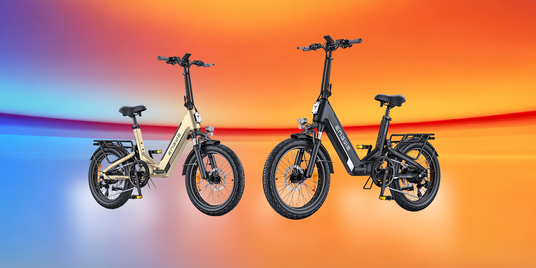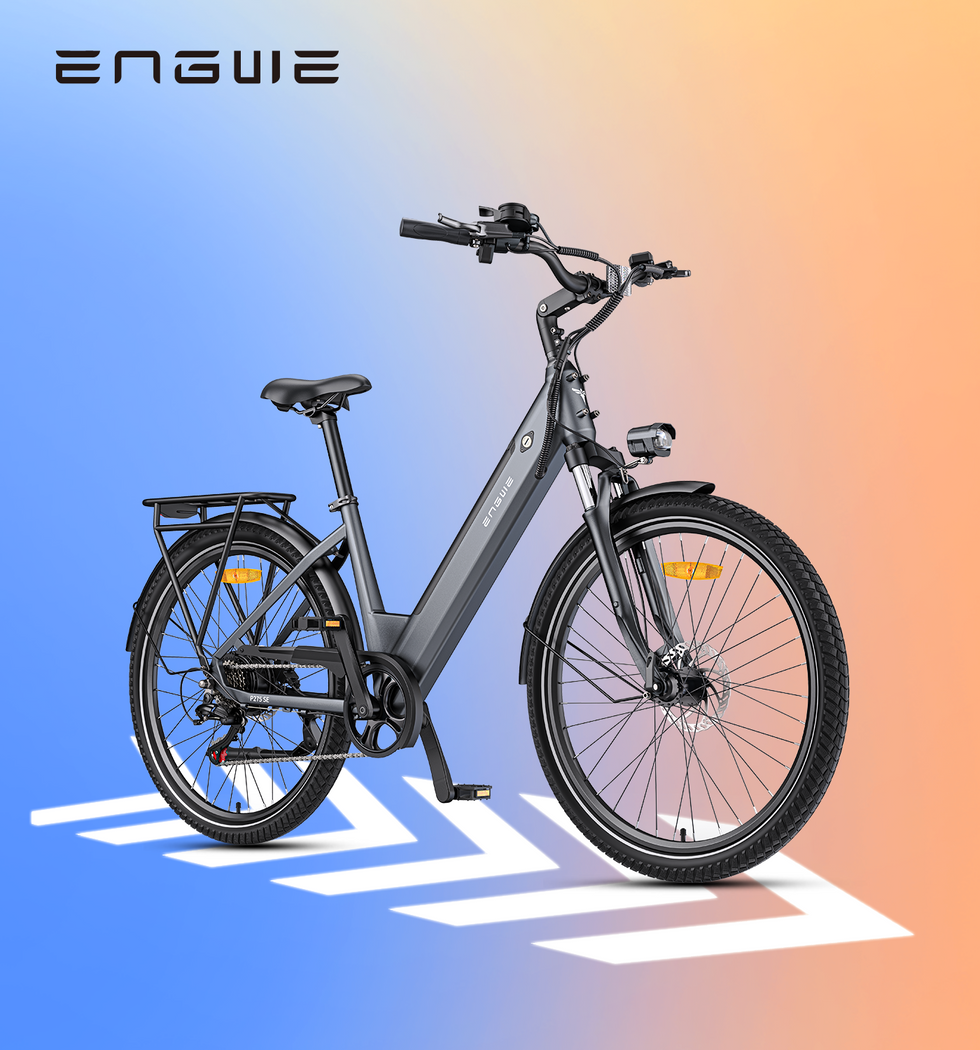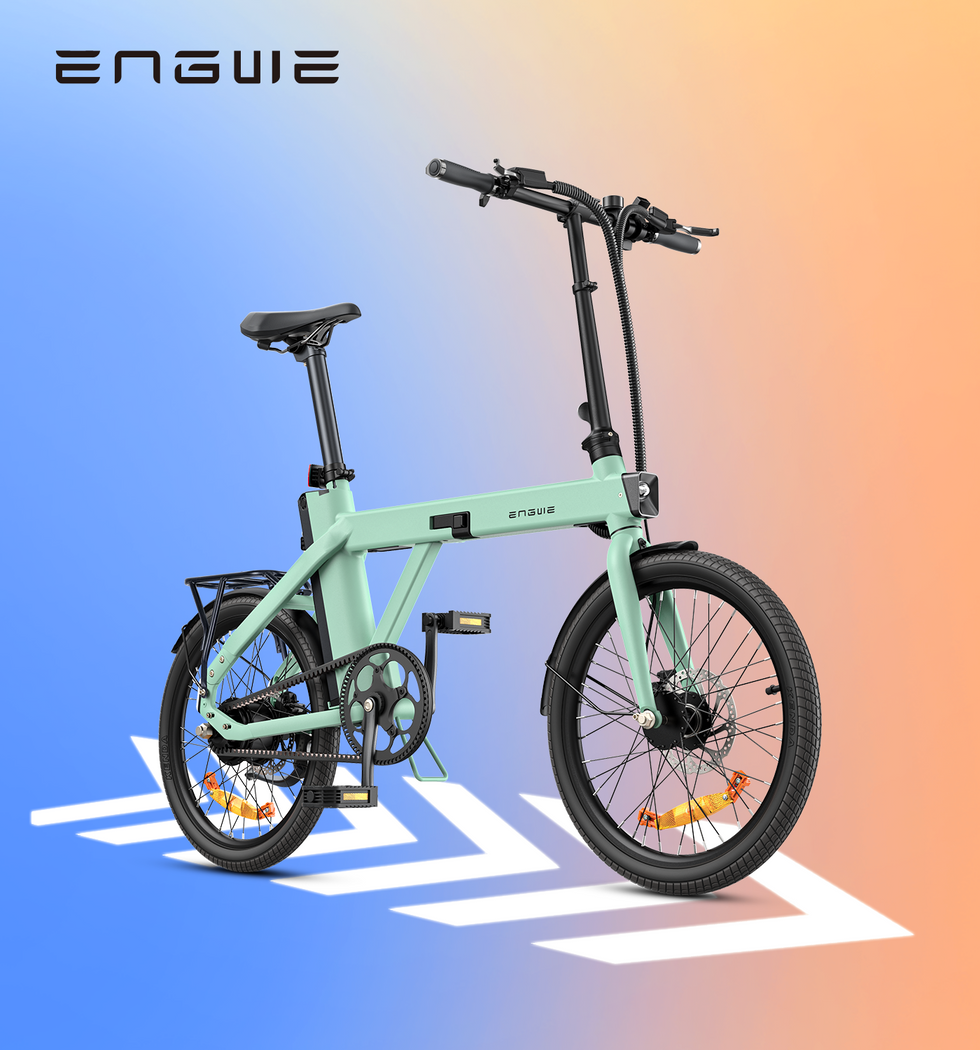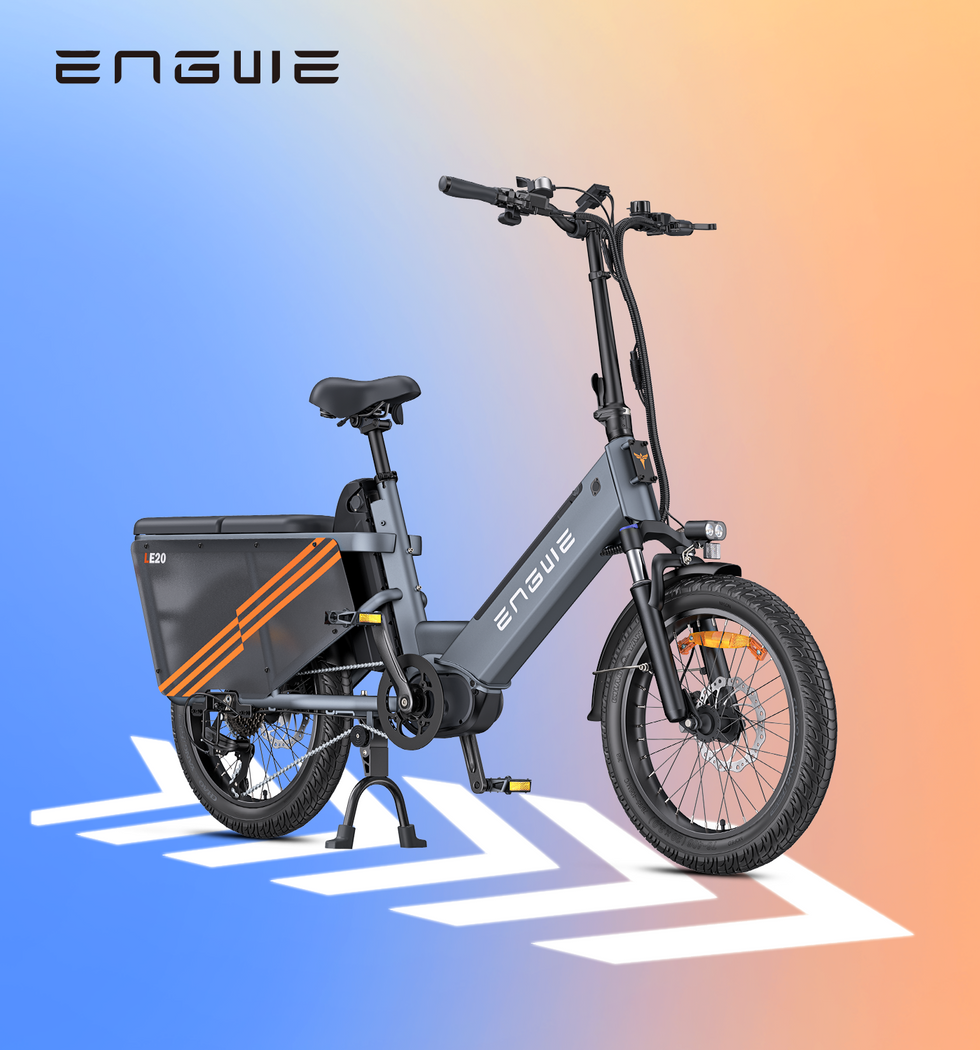Turning a long daily commute from a soul-destroying slog to something you look forward to is no small achievement. The daily gridlock, the unreliable metros and the escalating price of petrol can turn our commute to and from work into an enormous headache. And it is with the electric bike, not in offering an alternative, but in transforming your day-to-day life, that changes everything. For those of us with a lot of ground to cover though, not just any old e-bike will do. Commuting over the long haul requires a special kind of machine—one that combines durability, comfort, efficiency, power, and practicality and stands up to countless miles and stoplights in even the toughest urban settings. That’s where this guide comes in ― it’s built on experience and aims to remove the murky water around what makes the most sense, and the features that actually matter, when it comes to buying a model you can rely on for a great commute, year after year.
Before we drill down into the detail, it’s worth getting a few things clear – namely, what a long-commute rider is, in fact, after. It’s a novel set of challenges that calls for a purpose-built solution. I've distilled the key problems and the e-bike attributes they call for as you search.
| Your Commuting Problem | The Ebike Feature That Solves It |
|---|---|
| Range Anxiety: ‘Will I Have Enough Juice to Get Home’ on One Charge? | High Capacity Battery (expressed in Amp-hours or Watt-hours) and a good motor. |
| Physical Fatigue: “My back and wrists are in pain after a long ride.” | Suspension fork, comfortable grips, adjustable saddle and handlebars, and fat tyres. |
| Killer Hills: “That hill near the office just sucks the life out of me.” | High Torque Motor (in Nm) and durable gears. |
| Storage: “Where do I store it at work or at home, in my room?” | A foldable frame and a manageable weight. |
| All-Weather Riding: “Rain can’t keep me from work.” | Full-length mudguards and serious disc brakes, for great stopping, wet or dry. |
| What’s Essential: “Laptop, lunch and sometimes groceries.” | A robust, built-in rear rack with a decent weight limit. |
| Security Matters: “How can I keep it from being stolen?” | A removable battery for you to take with you. |
The Heart of the Journey: Battery and Range
For any long-distance commuter, the most important spec is range. Being stranded with no battery miles from home is a nightmare. The size of an electric bike battery is generally expressed in Amp-hours (Ah) or Watt-hours (Wh). The rule of thumb is the higher the number, the more energy it can store, and the greater distance you’ll be able to travel. As far as long distances are concerned, a battery which is 48V and has a minimum rating of 10Ah should be considered. This is a good fundamental base for distance. But keep in mind, manufacturers’ range claims routinely assume perfect conditions: a petite rider, level ground, no wind and the lowest level of pedal assist (PAS). Your actual real-world range is very likely to be lower than this. A good rule of thumb is to select a bike with a maximum range that is at least 50% more than the distance of your round-trip commute. This buffer leaves room for hills, headwinds and days when you want the motor to carry even more of the load.
What I found with them, is comfort is not a luxury, it's a necessity.
Spending an hour or more on the bike per day will wear on your body if it is uncomfortable. Enter features that soak up or absorb the bumps and shocks in the road. The first of these is that of the front suspension fork, helping soothe over potholes, cobbled streets and other uneven surfaces, preventing jarring through your wrists and shoulders. Secondly, consider tyre width. Thin road bike tyres work well, but you’ll be surprised by the natural cushion a wider “fat” tyre (say 4in) can provide. They operate at lower pressures, and function almost as mini-suspension systems, hovering above road imperfections rather than jostling against them, for a much cushier, stable ride. Finally, adjustability is key. Make sure the seat and handlebar height are adjustable to fit your body. You can adjust it up and down as well as forward and backward to put you in a comfortable riding position so you don't feel so crunched, and you can adjust the seat height for a good fit.
Getting Up To Speed on Motors & Torque
When you meet a steep hill in the middle of your commute, it’s raw power that you crave. An e-bike’s motor power is measured in Watts (W) and road-legal bikes in the UK and in the EU are restricted to produce 250W constant output. While universally quoted, a more relevant figure when it comes to hill climbing is torque (in Newton-metres or Nm). Torque is the twisting power the motor is capable of delivering; it’s what gets you moving from a stop and up hills. If you have a long commute that can take you on uneven terrain, buy a motor with at least 50 Nm of torque to be on the safe side; even more for a longer ride. It’s also helpful to know the difference between sensor types. A basic cadence sensor provides power as long as you are pedalling and it can be jerky. A more upmarket torque sensor, however, will assess how hard you are pedalling and respond with assistance from the motor. The result is a smoother, more natural feeling, more intuitive ride, and it feels like you're just getting a little bit more power from your own legs.
For a stellar demonstration of these essential long-commute qualities in an electric bike, the ENGWE EP-2 Boost is a top contender. It absolutely caters right to the heart of the daily commuter with a massive removable 48V 13Ah battery which provides a range of up to 120km from a single charge running in pedal assist mode 1 as well (1000m elevation – these are realistic and tested figures) for a complete stress-free ride, even on the longest of daily commutes! Its power credentials are just as impressive – with a solid 250W motor that packs an impressive 55Nm of torque, more than a match for any hill or headwind. With a single press of the distinctive boost button, this mighty mixer delivers a huge heap of power just when you need it. With the sensitive torque sensors, riding is incredibly smooth and assistance will automatically start when you start pedalling. Comfort gets taken care of by the bike’s front suspension and the massive 20 x 4.0-inch fat tyres, which eats up bumps on just about any surface, whether riding city pavement or gravel trails. It’s brilliant from a practical point of view: the frame folds right down for stashing away in an office or the boot of a car and it’s factory-equipped with both a solid rear rack and full-length fenders. Powerful 180mm front and rear disc brakes deliver sure stopping in all conditions.

Practicality for the Daily Grind
A commuter bike, in other words, is not a motor and a battery; it is a tool for life. Turn to sensible features. Now we're talking practical features that can really make a difference. As I said, the opportunity to fold it is a game-changer. It means you can take your bike on a train for multi-modal commuting, keep it safely under your desk at work or easily store it in a small apartment. Ensure the folding mechanism is easy and fast to use. Another must-have: a stock rear cargo rack. This means you can quickly and easily clip on pannier bags with your laptop, change of clothes, or shopping in it, and help ease the load off your back to reduce your ride temperature. Similarly, mudguards (fenders) are essential. The commute doesn’t stop just because the weather’s bad, and a decent set of mudguards will keep road spray and muck off your work clothes so you arrive looking half sensible at the other end.

Safety and Security in the Concrete Jungle
It takes a trusty bike to conquer the streets. The most critical safety part on your vehicle is the brakes. Mechanical or hydraulic disc brakes are much better than rim brakes, especially in the wet. They provide far superior stopping power and more control, both of which may make the difference between coming to a safe stop versus an accident. Lights are also a very important safety feature. A bicycle with integrated front and rear lights which are fed by the main battery, so you’re not stuck in the dark and can be seen better by other road users. At the risk of not sounding so warm, fuzzy and fun, and getting grim about security, the largest threat for any e-bike is theft. A high-quality lock is a must, but a bike with a removable battery provides a strong second line of defence. You also unclip the battery and take it with you, making the bike much less attractive to thieves and allowing you to recharge it easily inside your house or at your desk.

Frequently Asked Questions
1. How far can a specific model go on a charge vs its stated range?
This published range is spuriously optimistic at best. Actual in-use range is usually 60-80% of the maximum as-stated figure. Conditions that limit range: riding in a higher assistance mode, many stops and starts, steep hill climbs, strong headwinds, cold temperature (which affects the battery), and a high weight load. It’s always a good idea to select a bike that has a quoted range well above your daily needs.
2. Are fat tires good for road riding in the city?
Absolutely. Fat tyres may look like they’re right at home on a beach but they’re great for urban commuting. Their generous capacity of air is like having built-in shock absorbers, suppressing the bashing from bad road surfaces, resulting in an extremely smooth ride. They also give you more tyre-to-road contact which means more stability and grip, a great plus in wet or gravelly conditions. They do have a bit of extra rolling resistance compared to a skinny tyre, but the electric assistance from the motor easily overcomes this.
3. Whatʼs the difference between a torque sensor or cadence sensor?
The cadence sensor is a basic on/off mechanism. When the pedals are moving, the motor is active. If they stop, it's off. It can feel, at times, as though the bike is dragging you with it. A torque sensor is much more advanced. It senses the pressure you’re putting on the pedals and provides a proportional amount of assistance. You get some help if you pedal lightly. You get a lot of help if you’re pushing hard to go up a hill. The ride is so natural and responsive and efficient that it feels like you’re suddenly a much stronger cyclist.
4. Are there any skills I need to take care of an electric bike?
Not at all. For the most part, the upkeep of an electric bike is identical to the maintenance of a non-electric bike. You will want to be pumping the tyres up to the right pressure, keeping the chain clean and lubed, and checking for wear on your brake pads. The motor, battery, and controller—the electronic components—are essentially sealed, self-contained units that users need not service at regular intervals.
5. Can I use a foldable electric bike as a daily ride, and is it sturdy?
Yes, the latest folding e-bikes from well-known brands are designed to be ultra-sturdy. They are designed to be "strong, secure, and wobble-free". The hinges on these frames are thought out and tested to make sure they will last. These framesets, usually constructed from robust aluminium alloys, are strong enough to cope with the demands of the daily commute. What you are looking for is a well-built folding e-bike that combines strength and compactness and is not flimsy, has a poor ride, and won’t last.
Picking out the right electric bike can make a long commute a daily pleasure, instead of a chore.



